Table of Contents
How to Season Pork Loin: 5 Essential Steps for Maximum Flavor
To season pork loin perfectly, follow these 5 essential steps:
- Pat the pork loin dry: Remove excess moisture with paper towels to help spices adhere better and create a crisp crust during cooking.
- Apply seasoning evenly: Use a balanced mix of salt, pepper, and complementary spices. Rub thoroughly across the entire surface for consistent flavor.
- Let it rest: Allow the seasoned pork loin to sit at room temperature for 30-60 minutes before cooking. This helps flavors penetrate deeply and ensures even cooking.
- Choose high-quality spices: Opt for fresh, whole spices when possible. Store them properly to maintain potency and avoid stale flavors.
- Experiment with combinations: Try different spice blends like Cajun, Italian, or BBQ rubs to match your cooking method and taste preferences.
Below, we'll explore each step in detail, including spice pairings, tool recommendations, and expert tips to elevate your pork loin dishes.
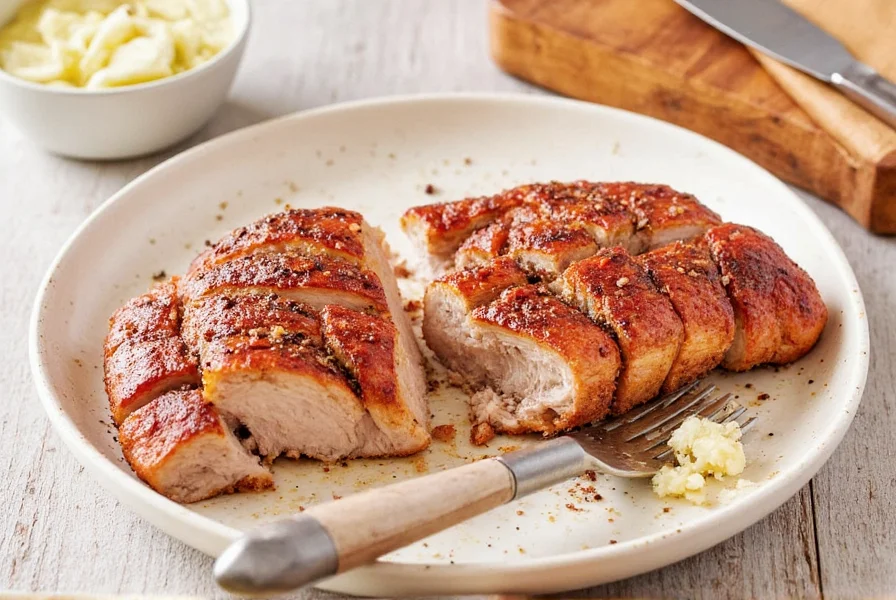
Step-by-Step Guide to Seasoning Pork Loin
Mastering pork loin seasoning requires attention to detail at every stage. Here's how to execute each step perfectly:
1. Pat the Pork Loin Dry
Drying the meat is critical for proper seasoning adherence. Moisture creates a barrier that prevents spices from sticking. Use paper towels to gently pat the entire surface until completely dry. This simple step ensures your seasoning stays in place during cooking and promotes a beautiful sear.
2. Apply Seasoning Evenly
For uniform flavor distribution, apply your seasoning mix with your hands or a brush. Start with a base of salt (about 1 teaspoon per pound of meat) and pepper, then add complementary spices. Rub gently but thoroughly to cover all surfaces, including edges and crevices. Avoid over-seasoning—balance is key.
3. Let It Rest
Resting allows salt to penetrate the meat and flavors to meld. For best results, let seasoned pork loin sit at room temperature for 30-60 minutes. For deeper flavor infusion, refrigerate covered for 4-12 hours. This step is especially important for lean cuts like pork loin to prevent dryness during cooking.
4. Choose High-Quality Spices
Fresh spices make a significant difference. Check expiration dates and store spices in airtight containers away from heat and light. Whole spices (like whole peppercorns) retain flavor longer than pre-ground versions. For optimal results, grind spices just before use when possible.
5. Experiment with Combinations
Try these signature blends for different cooking styles:
- Classic Roast Blend: Salt, black pepper, garlic powder, paprika, and dried thyme
- Mediterranean Style: Oregano, rosemary, lemon zest, garlic, and olive oil
- Smoky BBQ Rub: Brown sugar, smoked paprika, cumin, chili powder, and onion powder
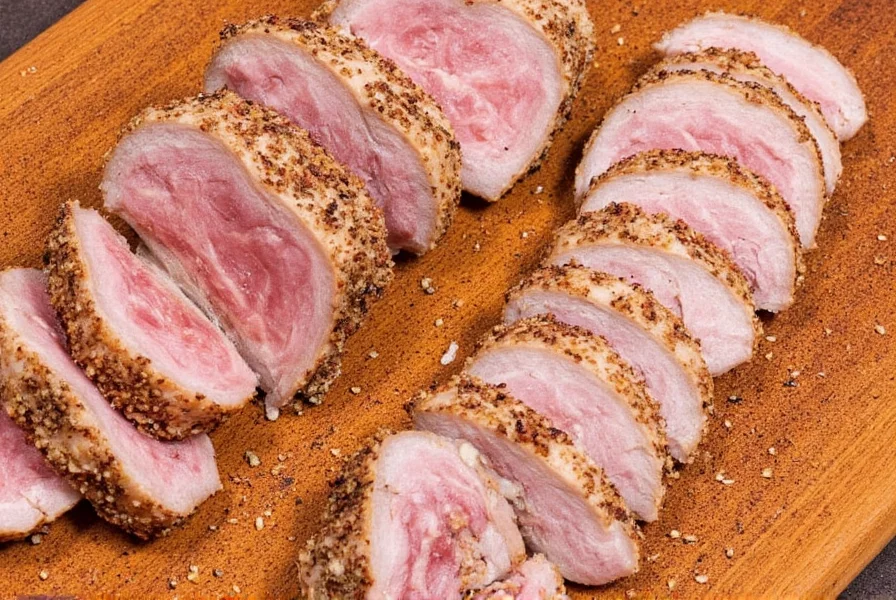
| Spice | Flavor Profile | Best Pairings |
|---|---|---|
| Salt | Savory, enhancing natural flavors | Any seasoning mix, especially with citrus or herbs |
| Pepper | Earthy, slightly spicy | Complements most meats, especially pork |
| Paprika | Smoky, sweet, or hot depending on type | Great with roasted or grilled pork |
| Garlic Powder | Strong, savory, aromatic | Enhances depth in any seasoning blend |
| Oregano | Earthy, slightly bitter | Perfect for Mediterranean-style dishes |
| Thyme | Earthy, floral | Works well with roasting or braising |
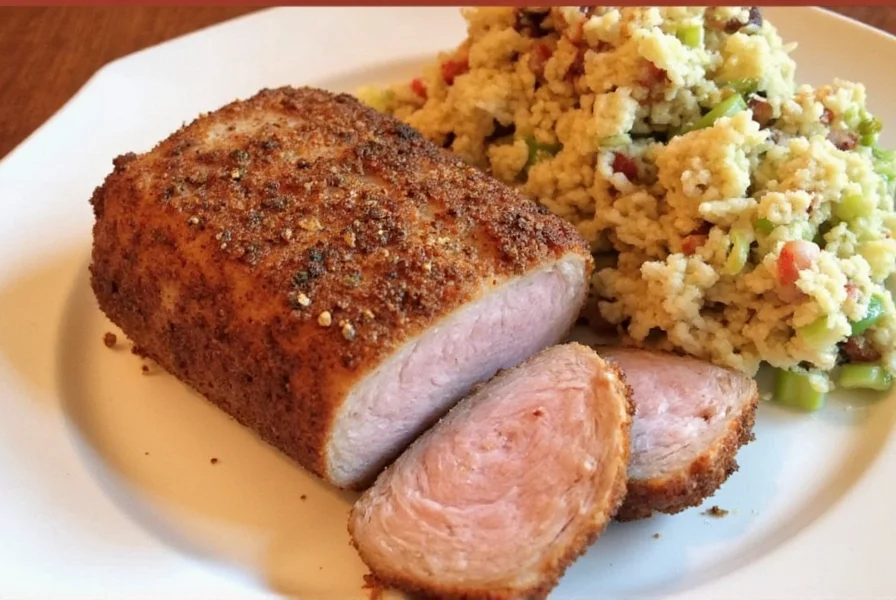
By combining these spices, you can create custom blends for any cooking method. For example, a mix of salt, pepper, paprika, and garlic powder works perfectly for oven-roasted pork loin, while adding oregano and thyme creates a fragrant Mediterranean twist.
Buying Guide for Seasoning Tools and Ingredients
Equip yourself with the right tools and ingredients for professional results:
1. Spice Mixes
Choose versatile blends based on your cooking style:
- Cajun seasoning: Bold blend of paprika, garlic, onion, and cayenne. Ideal for grilled or smoked pork loin.
- Italian seasoning: Oregano, basil, thyme, and rosemary. Perfect for Mediterranean-inspired dishes.
- BBQ rub: Brown sugar, paprika, chili powder, and garlic. Best for slow-cooked or smoked pork loin.
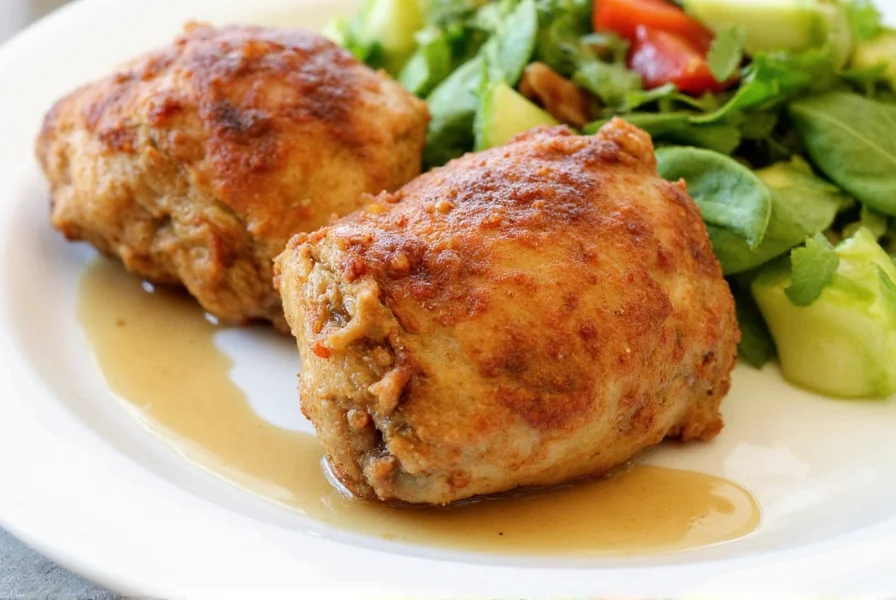
2. Seasoning Tools
Essential tools for precise application:
- Measuring spoons: For accurate seasoning ratios (e.g., 1 tsp salt per pound of meat).
- Silicone brushes: Ideal for applying oil-based marinades without shedding bristles.
- Shakers with fine mesh: Ensure even distribution of dry spices without clumping.
- Digital kitchen scale: Critical for professional results when scaling recipes.
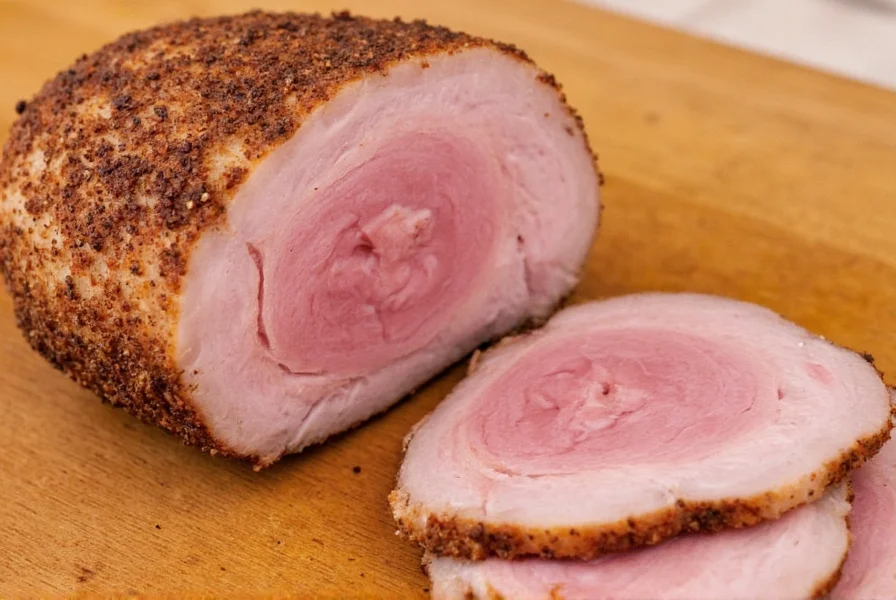
Frequently Asked Questions About Seasoning Pork Loin
How long should pork loin rest after seasoning before cooking?
For best results, let seasoned pork loin rest at room temperature for 30-60 minutes before cooking. This allows salt to penetrate the meat and helps create a better crust when searing. For even deeper flavor penetration, refrigerate the seasoned pork loin, covered, for 4-12 hours before cooking.
Can I use fresh herbs instead of dried spices for pork loin?
Absolutely! Fresh herbs like rosemary, thyme, and sage work wonderfully with pork loin. Use about three times the amount of fresh herbs compared to dried (since dried herbs are more concentrated). Fresh herbs are particularly good for making herb pastes or incorporating into wet marinades. They provide a brighter, more vibrant flavor profile compared to dried spices.
What's the best way to store leftover seasoned pork loin?
Store any leftover seasoned but uncooked pork loin in an airtight container in the refrigerator for up to 24 hours. If you've already cooked the pork loin, store leftovers in the refrigerator for 3-4 days. For longer storage, wrap tightly and freeze for up to 3 months. When reheating cooked pork loin, do so gently at a low temperature to prevent drying out.
How do I know if I've seasoned the pork loin enough?
You've seasoned pork loin sufficiently when the entire surface is evenly coated with a thin layer of seasoning that you can see and smell. A good rule of thumb is about 1 teaspoon of seasoning mix per pound of meat, but this can vary based on personal preference. Remember that salt is crucial for flavor enhancement—the seasoning should complement, not overpower, the natural flavor of the pork.
Should I inject seasoning into the pork loin or just rub it on the surface?
For pork loin, a surface rub is typically sufficient since it's a relatively lean cut. Injection is more common for larger, fattier cuts like pork shoulder that benefit from internal seasoning. However, if you want deeper flavor penetration in pork loin, you can make small incisions in the fat cap and tuck herb sprigs or garlic slivers into them. This creates pockets of flavor without the need for injection.
Can I use the same seasoning for pork loin that I use for pork shoulder?
While you can use similar base seasonings, pork loin generally benefits from lighter, more delicate seasonings since it's leaner and more mild-flavored than pork shoulder. Pork shoulder can handle bolder, spicier rubs due to its higher fat content. For pork loin, consider reducing the amount of strong spices like cayenne or black pepper by about 25% compared to what you'd use for pork shoulder to achieve better flavor balance.
Conclusion
Seasoning pork loin is a simple process that transforms an ordinary cut into an extraordinary dish. By following these 5 essential steps—drying, even application, resting, quality spices, and experimentation—you'll achieve consistent, restaurant-quality results every time. Remember: balance is key, and don't be afraid to try new combinations to discover your signature flavor profile. Happy cooking!
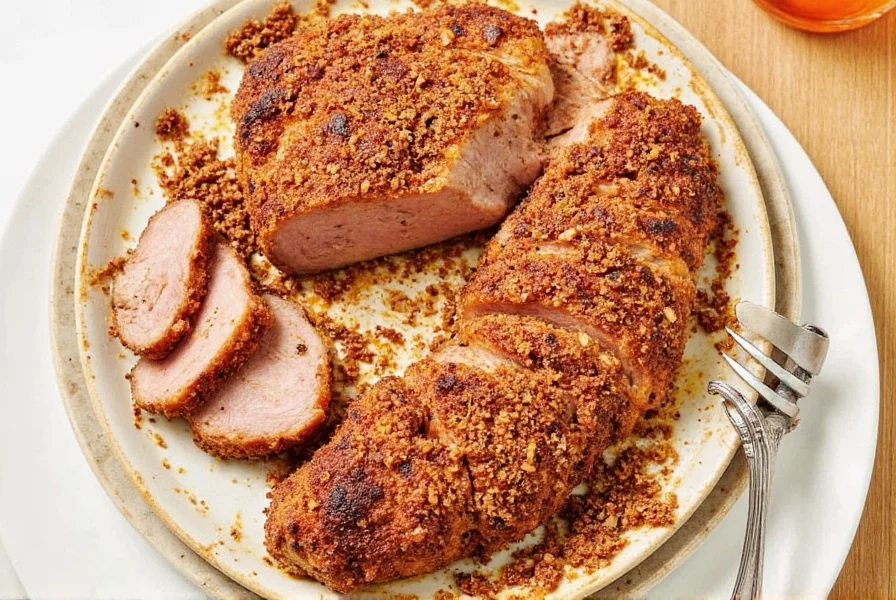

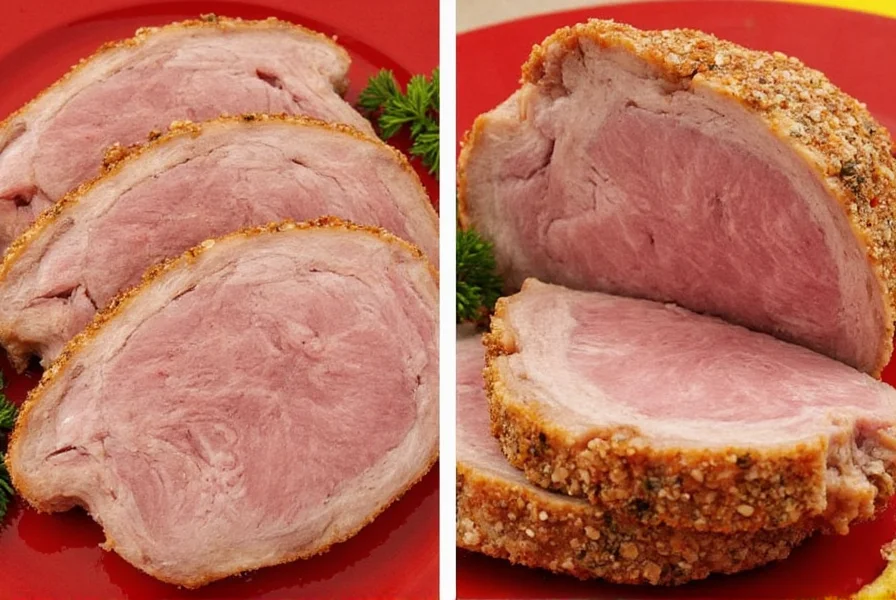









 浙公网安备
33010002000092号
浙公网安备
33010002000092号 浙B2-20120091-4
浙B2-20120091-4